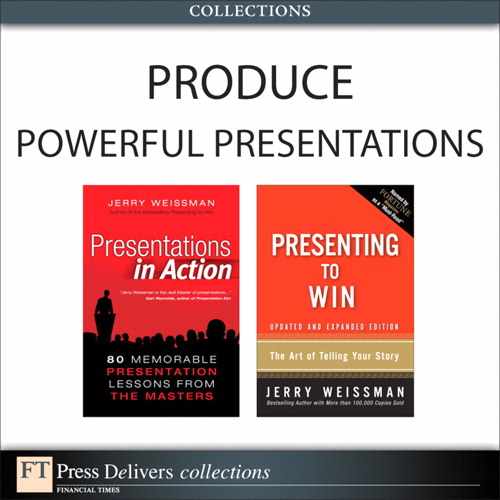15. This Is Your Pilot Speaking: A Lesson in Flow from the Airlines
Picture this: You’ve settled into your airline seat, buckled your seat belt, and turned off your laptop computer, your mobile device, and your iPod. With nothing else to do, you start to read today’s newspaper. The airliner pulls away from the gate, taxis onto the runway, and rolls into a long line behind other jets waiting to take off. And it waits. And it inches forward. And waits ....
As it waits, the jet’s giant motors keep running at idle, their vibrations gently rocking the cabin with a constant low hum. And you continue reading. And the motors continue to idle in their repetitious drone. And you drift off into the sweetest, deepest, and most delicious sleep you’ve had since you were in the cradle.
“Good afternoon, ladies and gentlemen, this is your pilot speaking,” a deep, disembodied voice squawks from the tinny speaker directly over your head. You try not to awaken, but the cheery voice continues, “We’re sorry for the delay, folks, but we’ve now reached our cruising altitude and we’re going to do our darndest to make this big bird fly real fast and get you to Chicago on time.”
The voice pauses, and you drop back into your reverie.
But, a moment later, a voice returns: “Our flight route today will take us up over the Carquinez Strait and on up to Boise where we’ll make a right turn and head straight on over to Sioux Falls, then Casper, Dubuque, and right on into Chicago. Our flying time will be ....”
“Carquinez ... Boise ... Sioux Falls ... Casper ... Dubuque ....” Who cares?
Why do pilots do this? Every one of them does it, every time. It’s as predictable as the flight attendants’ canned speech about oxygen masks.
I have a theory about this routine. I have no proof for my theory. Nor do I have any knowledge of any internal airline policy that requires their pilots to go through this interruptive ritual. Nor do I seek proof of my theory. I am perfectly content to accept this rationale:
Somewhere deep in the depths (or up in the highest reaches) of the corporate infrastructure of the airlines or the Federal Aviation Administration, someone or some group—marketing, public relations, human resources, legal, or all of the above—decided that having the pilots announce the flight route would reassure the passengers that the airline is in complete control.
So it is not just your pilot speaking; it is the pilot speaking on behalf of the entire corporate and governmental infrastructure.
Presentation audiences are very much like airline passengers. Both groups are stuck in their seats for the duration of a fixed period of time, and both are at the mercy of another party to lead the way. Clearly, the airlines, their intrusive announcements notwithstanding, are merciful. Presenters are not.
Picture this: You’ve settled into your audience seat, and turned off your computer and your smart phone. With nothing else to do, you start to listen to the presenter. After a moment or two, you say to yourself, “Wait a minute! What does that have to do with the previous slide? How did you get here from there?”
Clearly, the presentation has no logical route. Every slide makes a point completely different from the preceding slide, and the presenter has made no effort whatsoever to link the two slides. In fact, the presenter begins each slide with the same meaningless phrase: “Now I’d like to talk about ....”
This is not a problem for presenters because they know the interstitial connections between the slides. It is a major problem for the audience because each slide begins the presentation anew, forcing the audience to work hard to find the logic. If you make it hard for your audience, they will make it hard for you.
This disconnectedness in presentations is as universal as route announcements are in air travel. A very simple way to create a clear flight path for your presentation is to bundle all the individual parts of your story within an overarching structure. Make the relationships among all the parts crystal clear. Encompass them in a roadmap.
Become the pilot for your audience. Announce your route and track them through it step by step. As you move from slide to slide and section to section, use transitional statements that make the relationships between them and the overall flow clear.
Make it easy for your audience to follow, and they will make it easy for you. Keep them from slipping off into dreamland. Leave the sleeping to airline travel and the driving to you.
